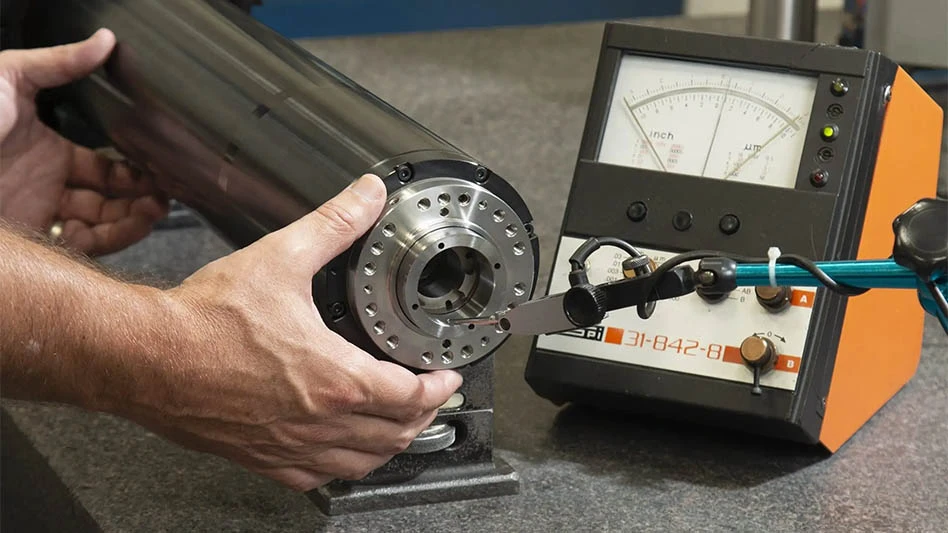
“The Aerospace Corp. created and has led the field of 3D-printed propellant from its beginning, but we’ve never flown any of the technologies we created in this area,” says Jerry Fuller, a researcher at the Space Science Applications Laboratory at the Aerospace Corp., who came up with the idea.
Propulsion options
There are several types of rocket propulsion systems. Liquid propellants are the most capable, but the most expensive. Solid propellants are simple, inexpensive, and common. Hybrid propellants that combine solid fuel with a liquid or gas oxidizer are reasonably inexpensive but are rarely used since they burn too slowly and are not efficient.
Finding a new way to deliver liquid fuel through 3D printing is a significant advance in rocket motor technology. Fuller says 3D-printed helical shapes enable the liquid or gas oxidizer to interact with the solid fuel more effectively, dramatically improving performance.

Normally, liquid motors require expensive turbopumps to deliver fuel and oxidizer from
Put to the test
Fuller and systems engineer John McVey decided to test the motors and recruited propulsion science engineer Andrew Cortopassi and amateur high-power rocketry expert Chris Kobel to complete the task. The team first tested the motors in Aerospace’s propulsion research facility, then took them to California’s

Fuller says the first flight test series was simply to prove the liquid fuel grain was viable, to show the benefits of printing hybrid fuel
“The next series will tell us about scaling our motor technologies and allow us to do more thorough engineering than the first series of proof-of-concept tests,” Fuller explains. “By the end of this round, we expect to have enough information to begin designing a space-capable sounding rocket. It will also let us investigate refinements like throttling.”

Looking forward
Fuller emphasizes that the research so far has been for small motors. Larger motors still need testing, but current 3D printers could create a fuel grain for a sounding rocket or a small CubeSat launcher.
“Ultimately, we would like to provide the Aerospace Corp.’s Space Science Applications Laboratory with a unique space science capability, enhancing existing and enabling new space science efforts by making sounding rockets with inexpensive, nimble, and effective hybrid and liquid rocket motors, while at the same time, testing concepts that might scale up to much larger vehicles,” he says.
The potential for a less-expensive, high-performance motor is attractive. As Fuller puts it, “A simple liquid motor is something that doesn’t really exist now, and if we can find ways, probably through 3D printing, to manage the delivery of liquid fuel, then we will have made a significant advance in rocket motor technology. It looks like we have found at least one of these ways.”
Next on the agenda, according to Fuller, “We will test fuel grains that target about a 4x increase in thrust and total impulse, using a larger motor. We will also work on improved instrumentation for the
Aerospace Corp.
www.aerospace.org

Explore the August September 2018 Issue
Check out more from this issue and find your next story to read.
Latest from Aerospace Manufacturing and Design
- AviLease orders up to 30 Boeing 737 MAX jets
- 256-piece general maintenance tool kit
- JetZero all-wing airplane demonstrator achieves milestones
- Cermet indexable inserts for medium turning operations
- Trelleborg acquires Aero-Plastics
- Industrial automation products, enclosed encoders
- #61 - Manufacturing Matters: CMMC roll out: When do I need to comply?
- AIX shows aircraft interiors are a strategic priority for global airlines







